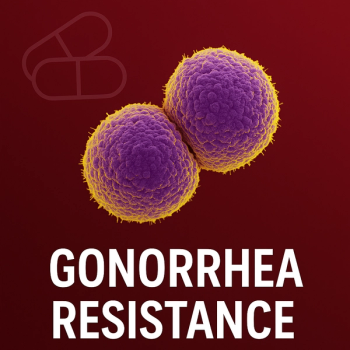
Deadly Parasitic Disease Finding Its Way to US Soil
Leishmaniasis infections in the United States are on the rise as US soldiers and ecotourists make their way home.
Once thought to only be an issue for certain areas outside of the United States, cases of Leishmaniasis are on the rise as US soldiers deployed in Iraq and Afghanistan and ecotourists in South and Central America make their way home. New guidelines
The Centers for Disease Control and Prevention (CDC) lists
Because Leishmaniasis is a relatively unheard of infection in the United States, many of the doctors who are encountering these patients do not even consider it when diagnosing patients’ symptoms. Complicating matters further is the fact that, “the sore at the site of the infected sand fly bite is often painless, and symptoms of the infection may not show up for a month or longer,” according to the press release.
Over 20 different types of Leishmania parasites exist and each one contributes to a different clinical syndrome of the disease. The
The guidelines advise doctors that encounter patients with symptoms consistent with Leishmaniasis to ask their patients for a complete travel history to help assess the probability of infection. If infection is suspected, cutaneous Leishmaniasis “can be tested by polymerase chain reaction (PCR) or by doing a culture to identify the type of Leishmania and determine how aggressively it should be treated. A blood test called rK39 provides a rapid result if VL is suspected, which would be confirmed with PCR or culture,” according to the press release. If a patient is determined to be infected, one treatment option is oral miltefosine, which the US Food and Drug Administration (FDA)
The strongest course of action is to try and avoid the infection in the first place, and so, “wearing protective clothing (long sleeves and pants), applying insect repellents containing DEET, and using insecticide-impregnated bed nets” is best should an individual be traveling to areas of known Leishmaniasis infection.
Newsletter
Stay ahead of emerging infectious disease threats with expert insights and breaking research. Subscribe now to get updates delivered straight to your inbox.


















































































































































































































































































